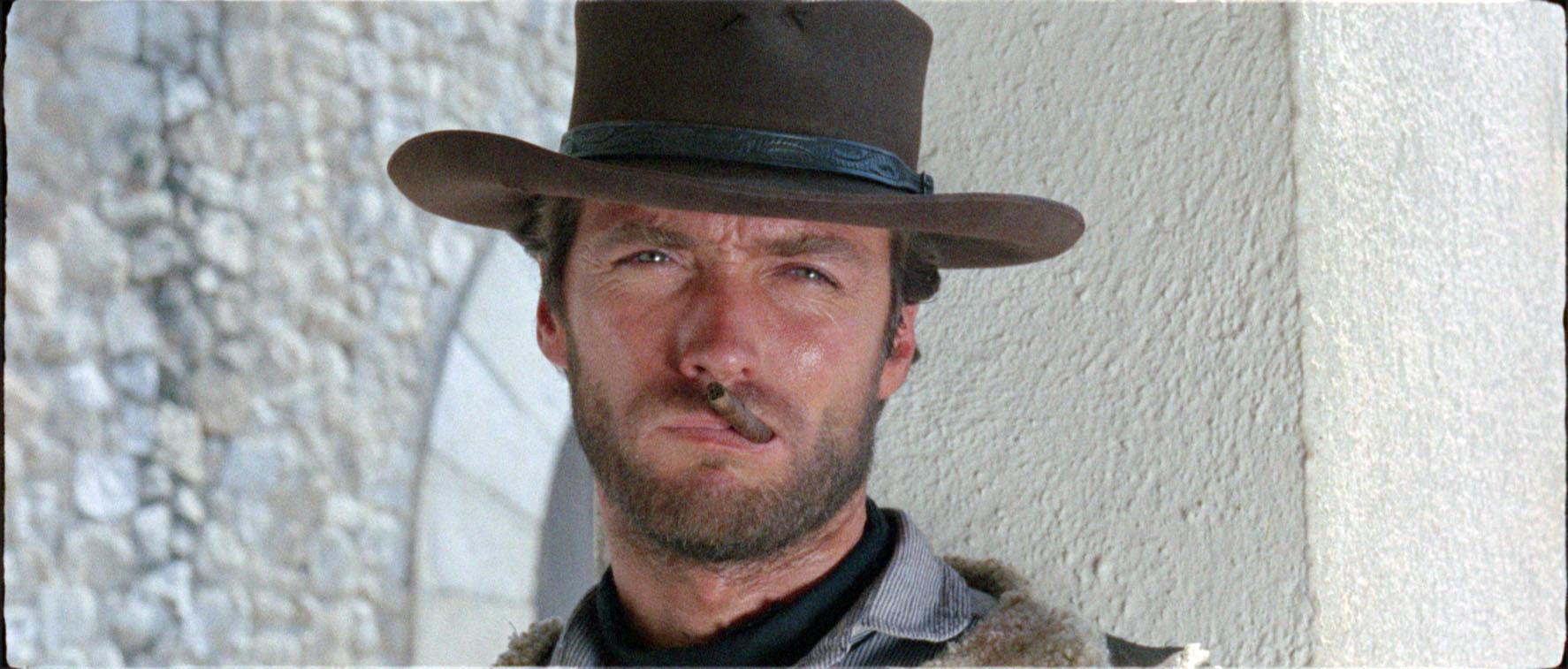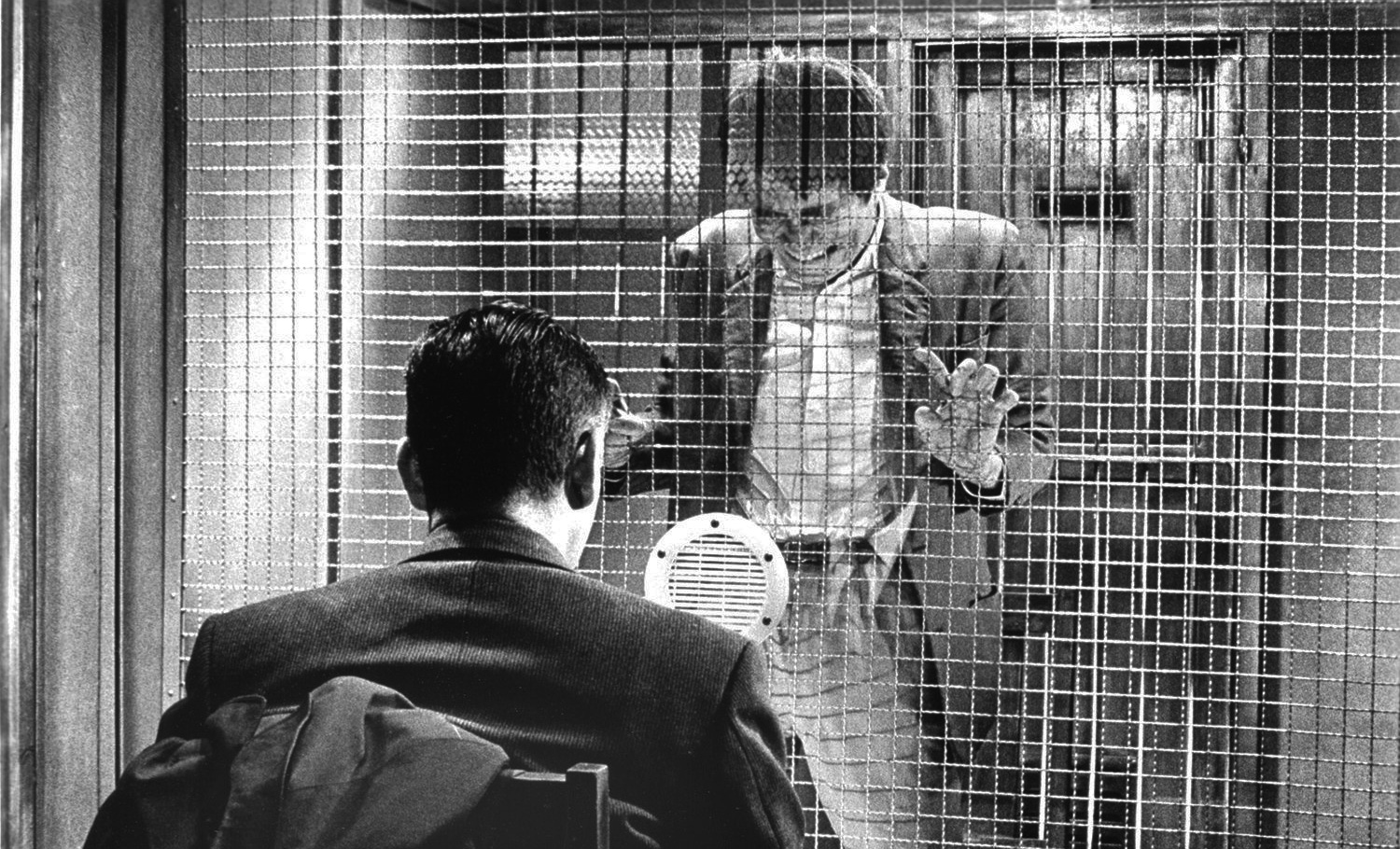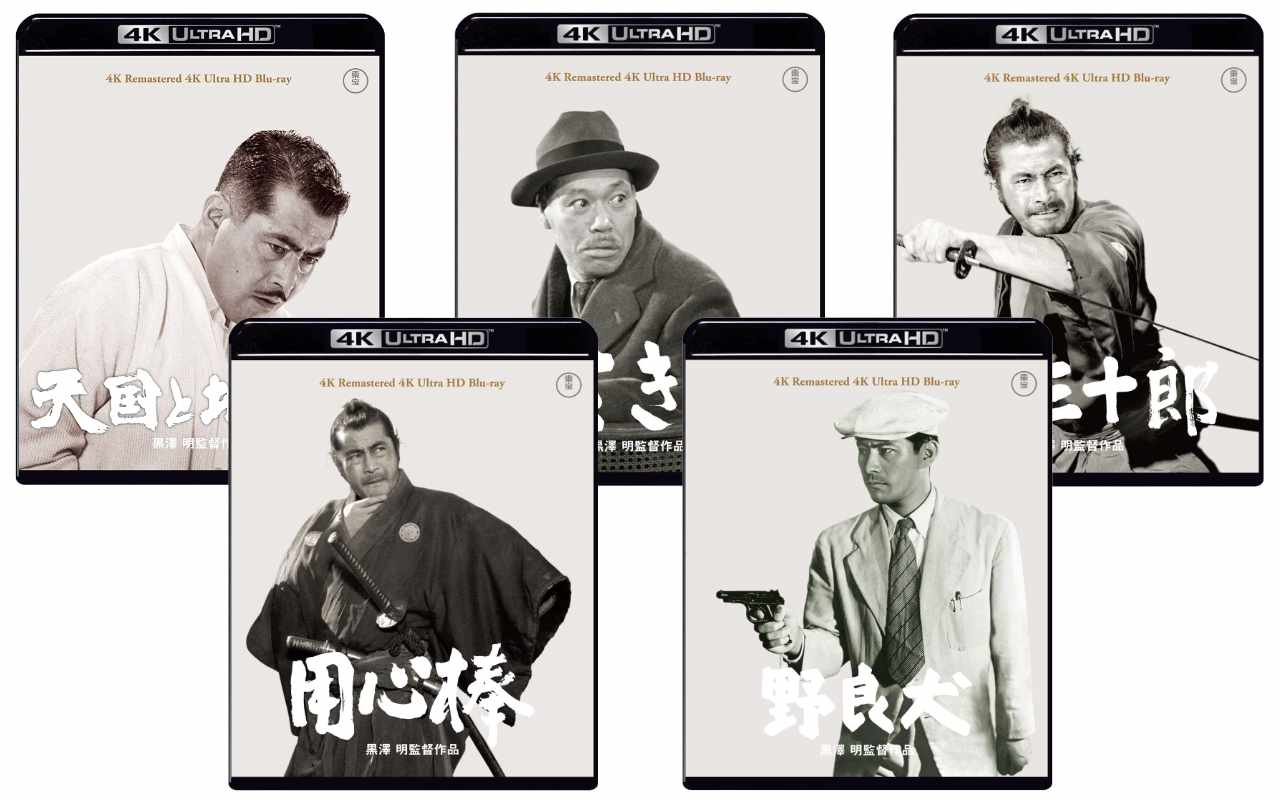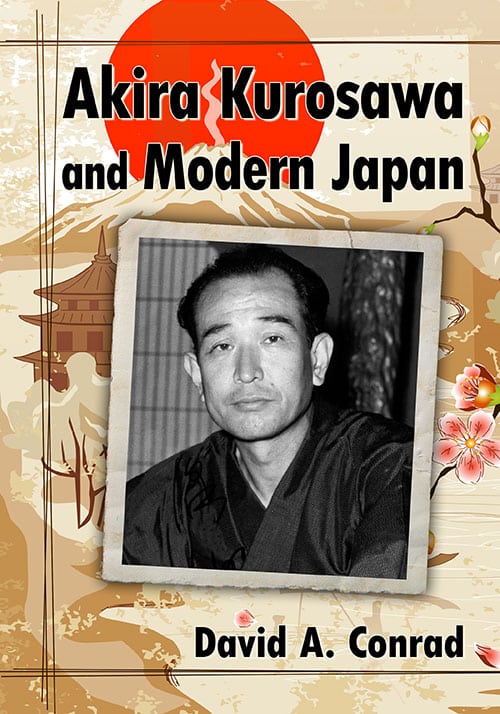Kurosawa and theatre
-
25 February 2008
25 February 2008
I just ran across the Drunken Angel history recently — I’ll go back and grab some details later…
If Mifune treated Shimura as physically as he did in the film, I imagine Shimura had a few fresh bruises every night during the play’s run!
25 February 2008
I’ve read all of Yoshimoto’s book and do not recall anything of the sort. I even scanned though it again and found nothing.
There is no mention of it in the Criterion’s Drunken Angel booklet.
The only thing I can find is Kurosawa’a interest in the Noh dramas, and Kurosawa mentioning Yamamoto told him to write anything and at some point he wrote small scripts for theater.
I have seen articles comparing Kurosawa, Fellini, Bergman to Chekhov, but none mention a Kurosawa direction.
26 February 2008
From Galbraith:
“Kurosawa, in an effort to continue making money [during the Toho strike], directed a stage production of Chekhov’s Proposal and an adaptation of Drunken Angel, with Mifune and Shimura performing key scenes from the recently released film” [p. 98].
I know there’s another paragraph or two somewhere. I’ll dig it up eventually. It didn’t just play Tokyo, it toured several other cities. I’ll find the cite.
26 February 2008
I had to do music work tonight — but it’s been driving me crazy where I read about DA touring as a play…
And I just realized — I *think* it’s on the extras of the Criterion disc! I’ll 2bl-check tmrw, but I think that’s where I “heard” it…
Galbraith is the only written reference I could find.
LS
26 February 2008
Ah, so I am not crazy after all. 😉
It must then be Galbraith where you can also find the information about Shaberu. I wonder if he wrote it, or directed from someone else’s script.
Thanks for checking this, Lewis!
26 February 2008
Well, Lewis is correct. Its just not mention in “something like a autobiography” (in which i rediscovered Kurosawa died during filming)or in Yoshimoto’s book which is all I had on hand.
I too have notes 😆 and should of look there first–Drunken Angel’s play is mention in the film “Its wonderful to create”.
In the criterion Drunken Angel DVD. its at 27:50 on the section of “its wonderful to create” that is include it with it.
Drunken Angel played in Tokyo, Yokohama, Osaka, Kyoto, and some place I cant make out. for 10-20 days each. The crowd was of successful size and excited thoughout
If I understood correctly, the subtitles for the documentary section dont work for some reason. ❓20 December 2008
A small update. Kurosawa has this to say about Shaberu in the two-hour discussion with Nagisa Oshima filmed in 1993, and included on disc 3 of Criterion’s Seven Samurai box set:
During the war, the Japanese couldn’t speak their minds, and the play is about everyone suddenly speaking freely. It takes place at a fish dealer’s house. He was a staunch Tojo worshipper, and he’d been a family tyrant. But now the war is over, his family can finally confront him, and they shower him with all their pent-up grievances.
Well, the GHQ summoned me because of the play. An American theater professional at the GHQ liked the play and wanted to know how each scene would be played. In ways like this, the GHQ made a great effort to rebuild Japan.
This is at around 50 minutes.
Leave a comment
Log in or to post a comment!






Sitting at the Budapest airport, and with nothing better to do, I flipped through one of my notebooks, and noticed that I had at some point in the past scribbled down something about Kurosawa and theatre.
Basically, what it says here is that Kurosawa directed at least three plays:
– a one-act play called Shaberu (‘Talking’) in 1945
– Chekhov’s Proposal in 1948
– a stage adaptation of Drunken Angel in 1948, with Mifune and Shimura reprising their roles
For some reason I haven’t put down the source of this information, but I think it must be from either Galbraith or Yoshimoto. I won’t have access to either book for the next five weeks, though, so I can’t be sure.
Does anyone happen to know more about these three or any other theatrical works that Kurosawa might have had involvement in?